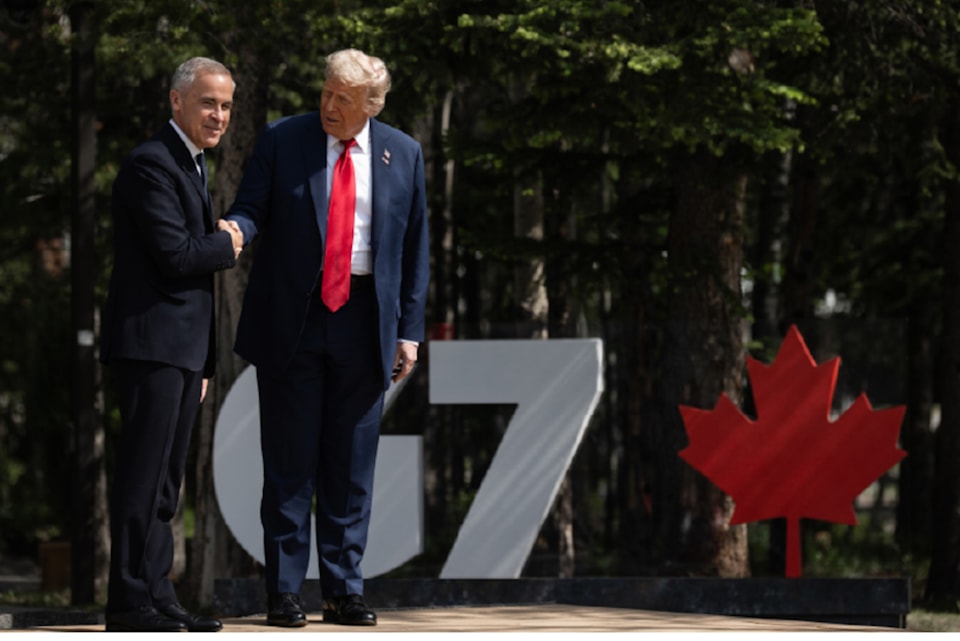U.S. President Donald Trump issued an executive order on Thursday, July 31, increasing tariffs on Canadian goods from 25 to 35 per cent.
Prime Minister Mark Carney issued a saying he was"disappointed" Canada could not strike a deal before the Aug. 1 deadline to avoid the tariff hike.
Carney and a team of Canadian negotiators had been working to come to terms, but the prime minister has said he will not rush into a bad deal.
Carney highlighted the large percentage of Canadian goods exempt from the tariffs, while pledging to continue working on a deal.
"While we will continue to negotiate with the United States on our trading relationship, the Canadian government is laser-focused on what we can control: building Canada strong," Carney said.
Many Canadian exports to the United States are exempt from tariffs as part of the 2018 Canada, U.S., and Mexico Agreement (CUSMA), though companies must provide paperwork to prove their goods originate from Canada.
According to an from April, roughly 86 per cent of goods could be compliant, but the proper paperwork was filled out for only 38 per cent. This is because before the Trump tariffs, there was not much penalty for non-compliance,
The portion of Canadian goods that are CUSMA-compliant has likely increased since April, although up-to-date figures are not yet available.
Some industries in Canada continue to face higher tariffs, although those were in place before this executive order. These include steel and aluminum, which are subject to 50 per cent tariffs.
Trump has justified all of this by arguing that Canada is responsible for allowing fentanyl to be smuggled across the border into the United States.
Carney fired back at this notion in his statement, pointing out that Canada accounts for only about one per cent of fentanyl imports into the U.S., and Canada is still making "historic" investments in border security.



